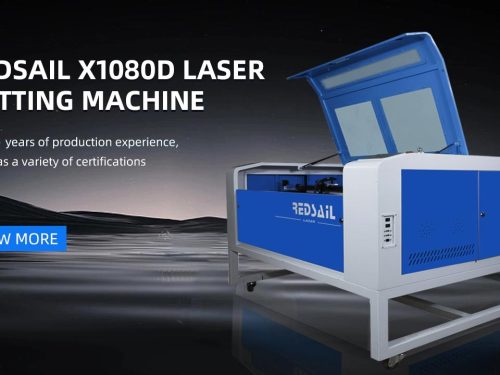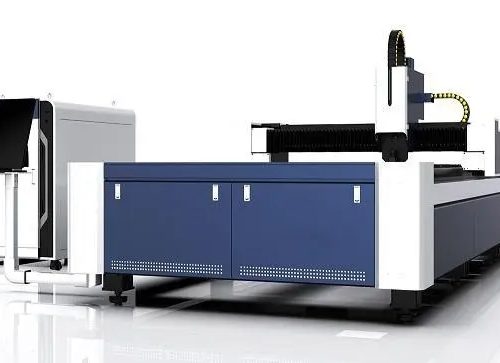
Any kind of thermal cutting technology, except in a few cases, can start from the edge of the plate, generally it is to pierce a small hole on the plate. In the early days, the laser punching compound machine first punched a hole, and then used the laser to cut from the hole. With the continuous improvement of laser power and the gradual maturity of technology, laser direct piercing has become the mainstream. So what is laser cutting machine drilling?
(1) Blasting perforation: the material is irradiated by a continuous laser to form a pit in its center, and then the molten material is quickly removed by the coaxial oxygen flow of the laser beam to form a hole. The size of the general hole is half of the thickness of the blasting perforation plate with the thickness and average diameter of the plate, so the blasting perforation hole diameter of the plate thickness is large and not round, which is not suitable for using the part with higher requirements. In addition, due to the same oxygen pressure of perforation and cutting, the spatter is also large.
(2) Pulse perforation: pulse laser peak power is used to melt or evaporate a small amount of materials, and air or nitrogen is commonly used as auxiliary gas to reduce hole expansion and gas pressure less than when cutting oxygen pressure due to exothermic oxidation. Each laser pulse only produces a small particle jet, which gradually penetrates, so it takes a few seconds for the plate to perforate. Once the perforation is completed, the auxiliary gas is replaced by oxygen for cutting. Perforating quality is better than blasting perforation with smaller diameter. Therefore, the requirement for laser is not only to have high output power; More important is the space-time characteristics of the beam.
In the case of pulse piercing, in order to obtain high-quality notch, attention should be paid to the transition technology from pulse piercing when the workpiece is stationary to constant speed continuous cutting. In theory, it is usually possible to change the cutting conditions of the acceleration section, such as focal length, nozzle position, gas pressure, etc., but in practice, the above conditions cannot be changed due to short time. In industrial production, it is more realistic to change the average laser power, that is, to change the pulse width. Change the pulse frequency; The pulse width and frequency change simultaneously.










